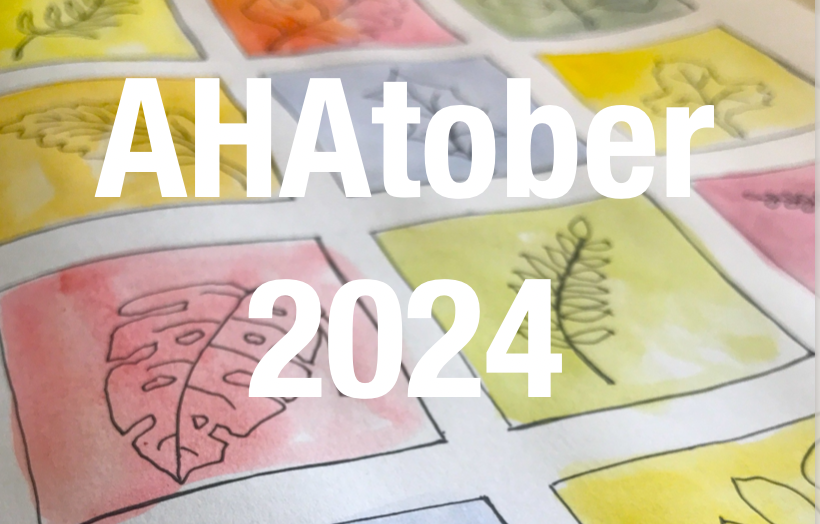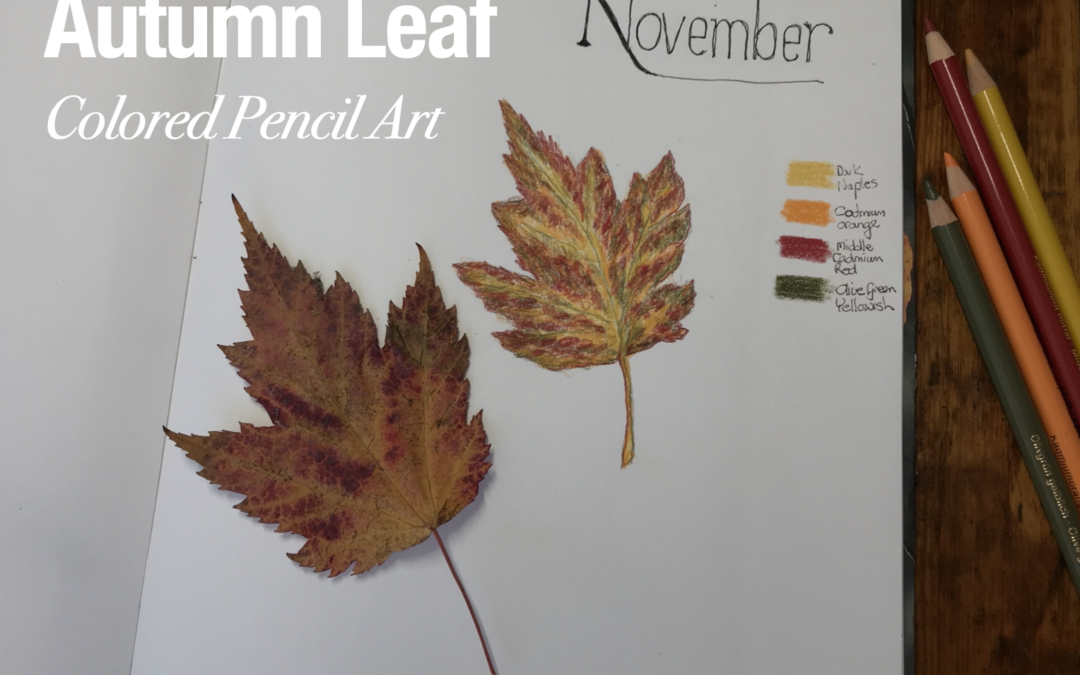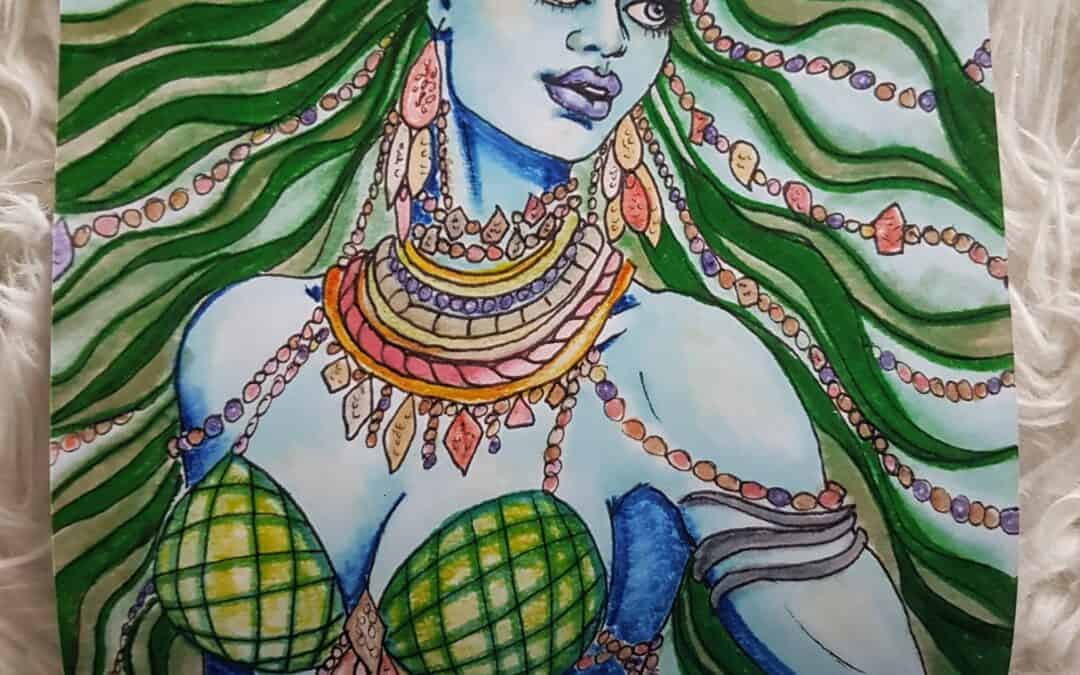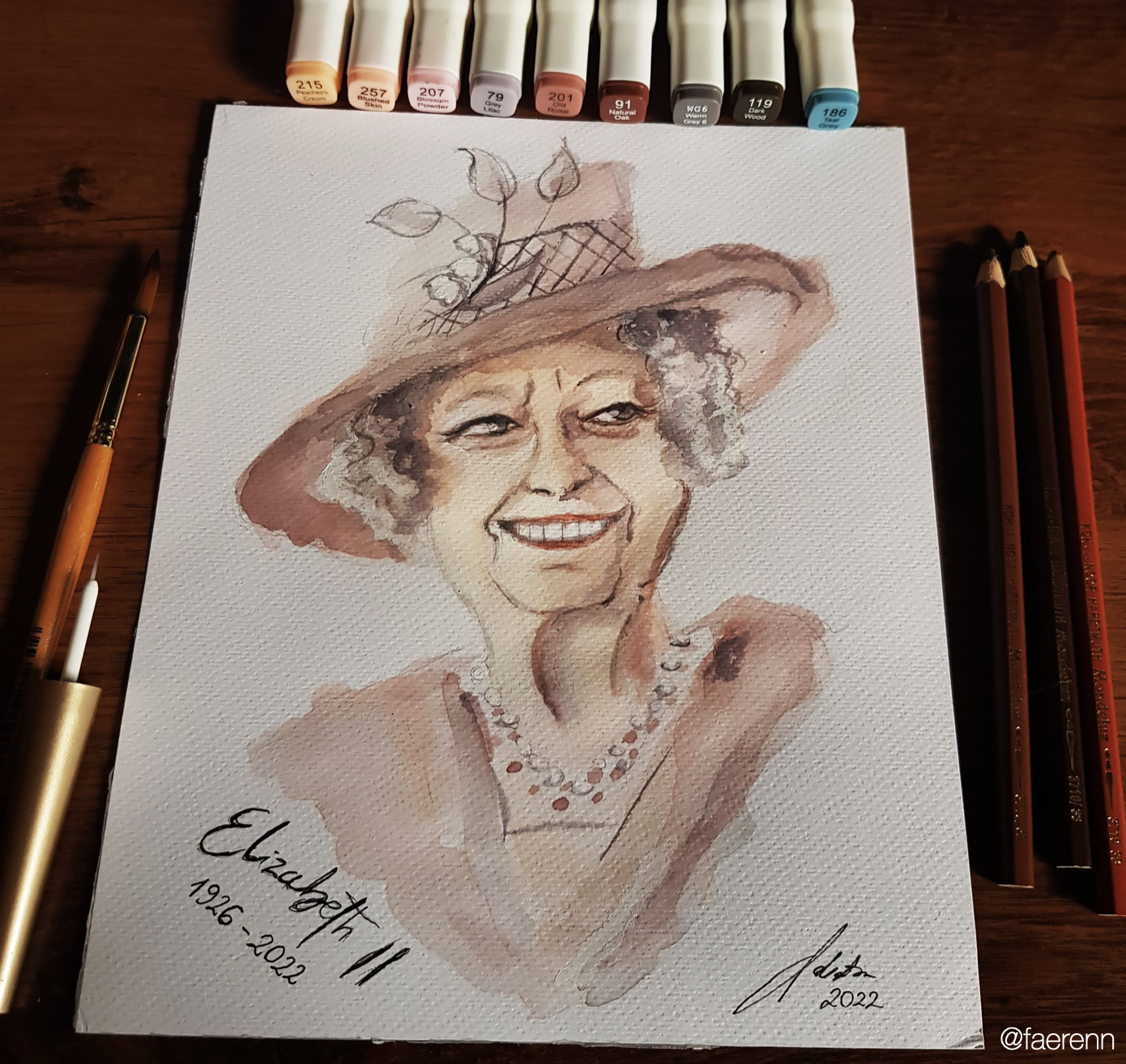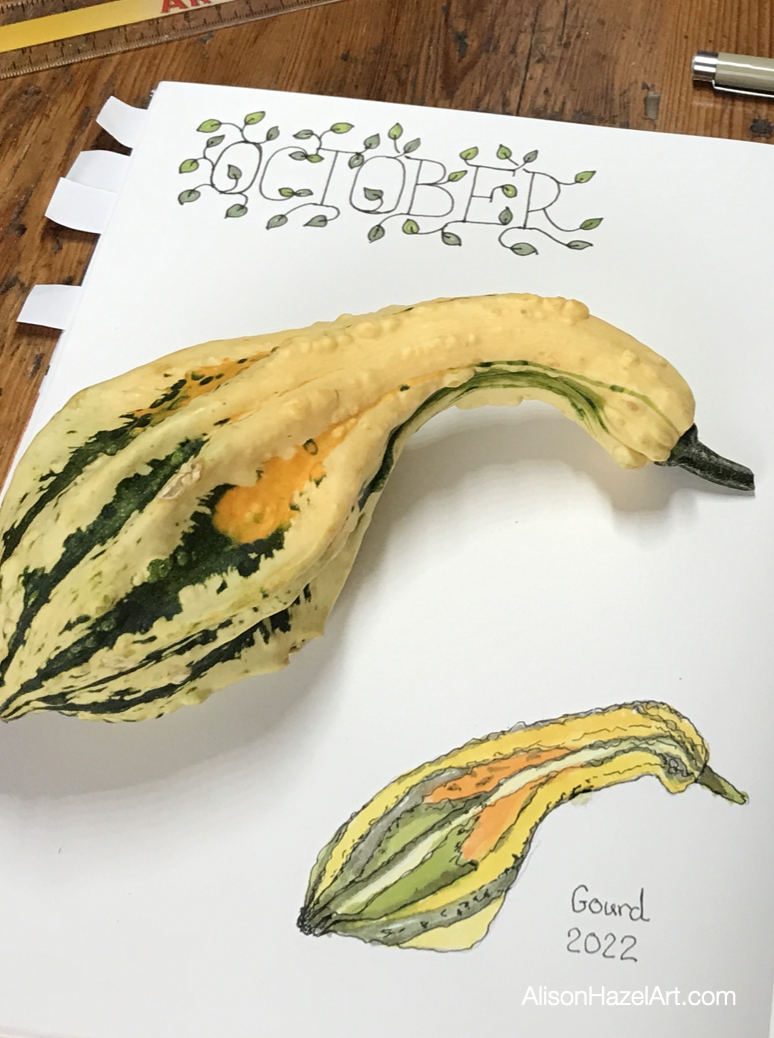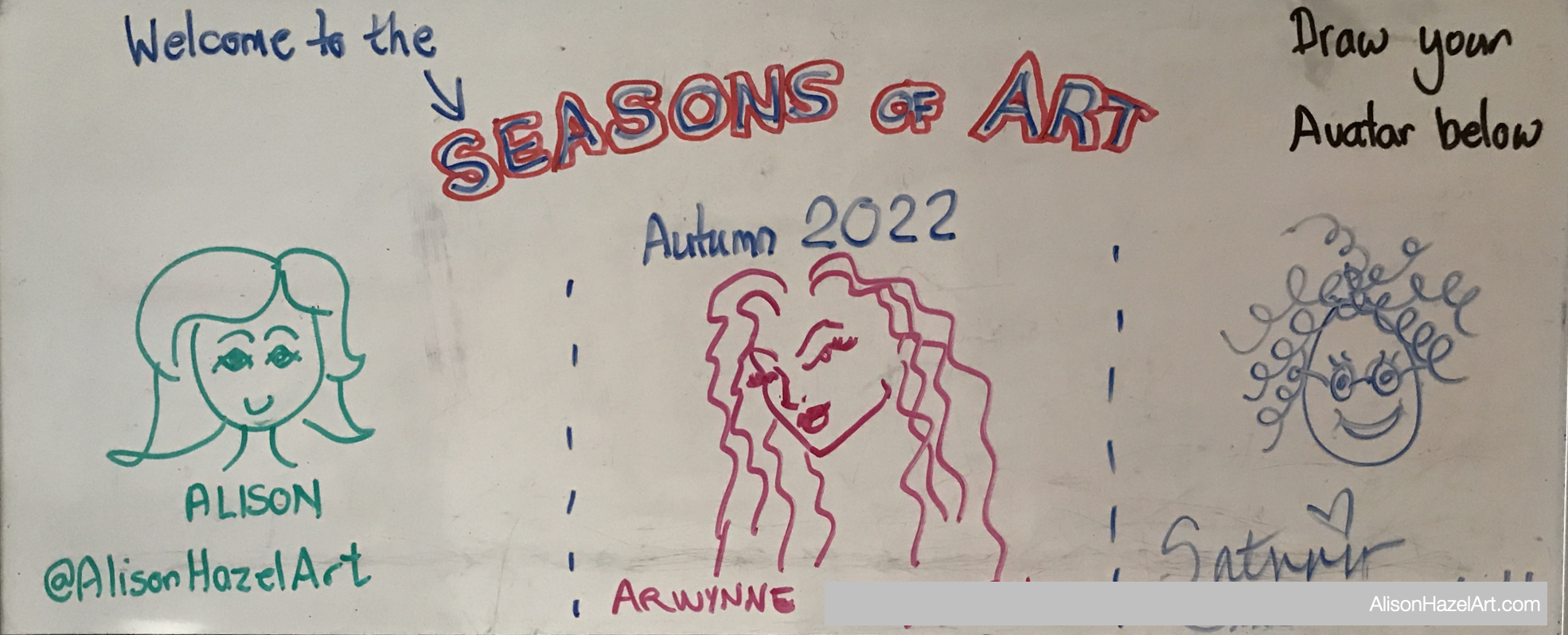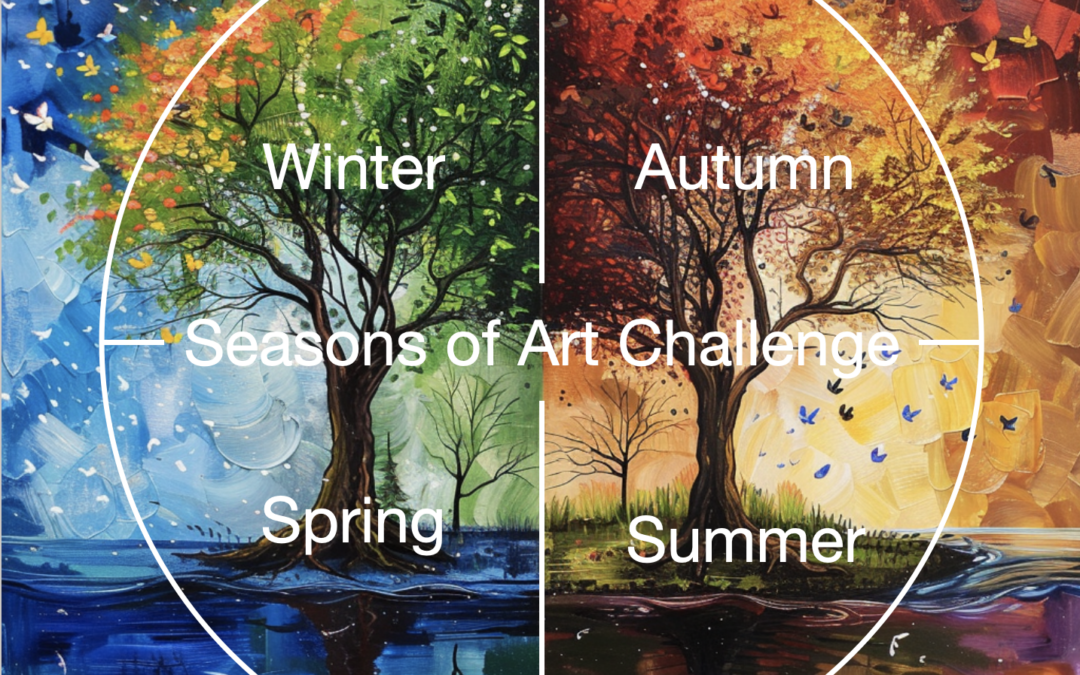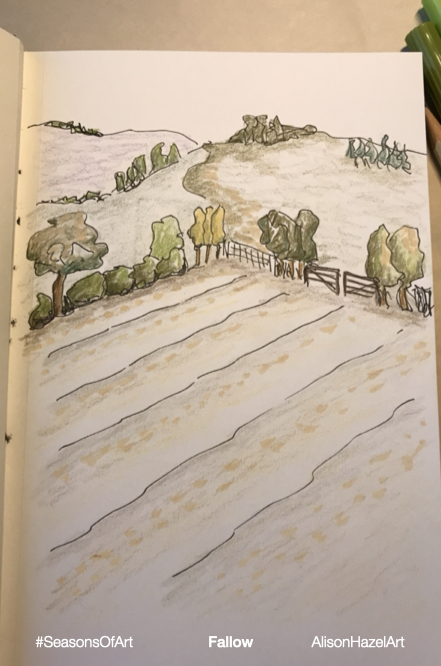Author: Alison Hazel - Published: July 2024 AHAtober 2024 Welcome to AHAtober 2024! AHAtober is a special event for meditative artists, inspired by the popular Inktober challenge. This month-long journey is designed to bring calmness and creativity together,...

Freebies
Gifts for You
As a strong creative and arty person, for many years, I have generated countless free resources on Alison Hazel Art. These guides, lists and templates are to help you get back to art, get to grips with being a hobby artist and build your art micro side business.
But these freebies are scattered all over my website and so, to help you out even more, I have put all my Alison Hazel Art Freebies in one place, right here. From now on you can easily look through all of them and get the ones you want and need right now.
Grid Art Journal Templates
- Grid Art Journal Template: I have provided you with twenty-six different templates. The templates include some basic layouts that you can use to get started with grid art journaling. Also, I’ve added a few different grid shapes to inspire you to try something different with your grid art journaling.
Face of Jesus Guide
- How to draw the Face of Jesus – This is a guide I made to help get the facial proportions correct and for a starting point to draw Christ. Use your intuition when using this guide.
Fibonacci Shell Template
- Fibonacci Shell Template – This is a quick template to draw the dynamic natural Fibonacci shell which is, let’s face it, a tricky design to get your head around.

Author Bio
Alison Hazel is a woman who shares her ongoing journey about becoming an artist later in life. She creates simple art that anyone can make. She hopes to inspire you to reach your creative potential in the area that suits you.

Weird Gourds – Colored Ink Art
Join me as I sketch, draw and paint a weird autumn themed knobby gourd using colored ink as a hobby artist.

Neurographic Art Grid Journal Page
As a hobby artist, you can practice some NEUROGRAPHIC ART in your GRID ART JOURNAL to loosen up before you start a bigger piece.


